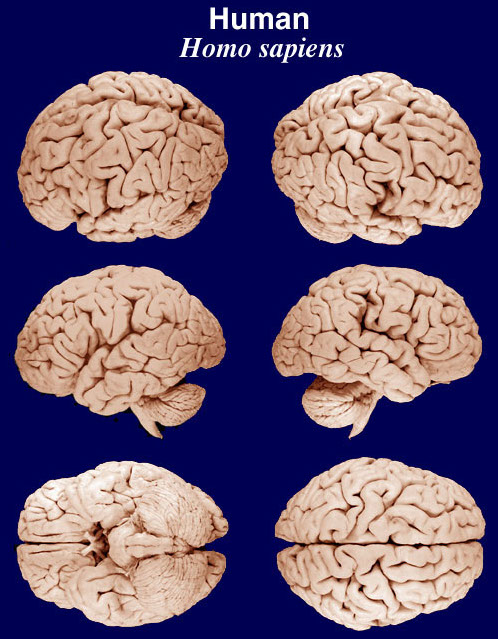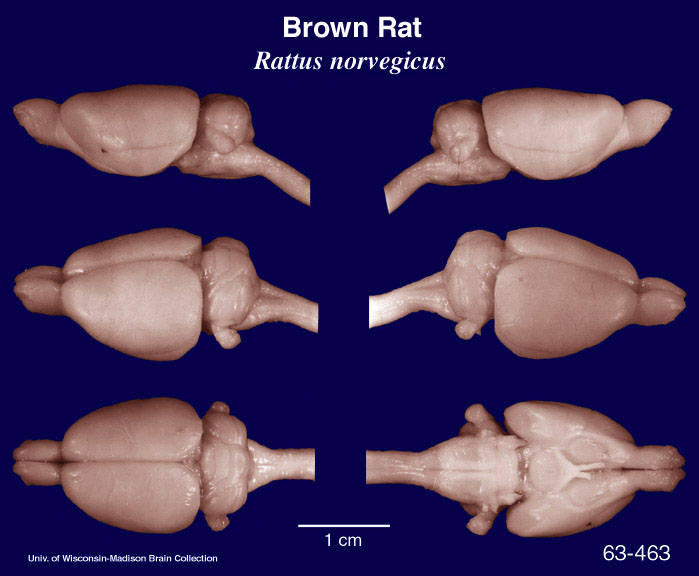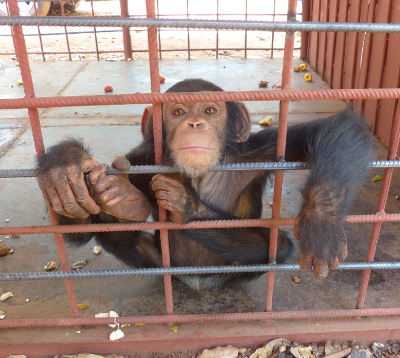Why use animals?
Introducing animal research
After completing this lesson, you should be able to:
- Identify similarities and differences between animals and humans
- Explain the justifications for using animals in research
- Discuss key issues in the use of animals in research
Before completing the module below, please read the section of the textbook called HL Extension: Animal research. When reading this section, please make note of the following important concepts:
- Animal models
- Anthropomorphism
- Behavioural analogues
- Endophenotypes
- External validity
- Theoretical generalizability
What is an animal model?
Usually, we talk about two types of animal models in psychology. First, there are animal models of disease. This is when a physical or psychological illness is reproduced in an animal. Secondly, there are animal models of behavior. This is when non-pathological behaviours are studied in animals with the goal of transferring the findings to other humans. Animal models are used when it would be impossible to carry out such research on humans.
In a good animal model, the etiology of a disease or disorder would be the same as in humans and the animal would respond to any treatment in a similar manner to humans.
When choosing a species to study, the following considerations are made:
- Is there already extensive research carried out on the biology of this species?
- Are there genetic similarities to humans?
- Are there physiological similarities to humans - e.g. in metabolism or development
- Does the animal have a short life-cycle so that generations can be studied?
- Is it relatively easy to provide appropriate living requirements for the animal?
- Are there behavioural analogues to humans? - e.g. much research has been done on anxiety in laboratory animals which makes it then possible to do anti-anxiety drug testing.
Task 1.
Watch the following video. Take notes on the speakers' arguments about how rats are like humans.
After having watched the video, compare your notes to the key points listed in the box below.
Five reasons that rats are like humans
Based on the video that you have just seen and the chapter in the textbook that you have read, decide whether each of the following statements is true or false. See if you can successfully complete this quiz without looking at your notes!
1. Rats and humans share about 30% of the same genes.
False. In 2002, geneticists completed the mapping of the rat genome. Researchers found that rats and humans each have about 30.000 genes – only 300 are unique to either organism. That means that the genes of the two species are 99% similar.
2. Researchers are able to manipulate the genome of a rat, introducing a new trait into a sample.
True. In the video, that is exactly what they did in the study of laughter. You will learn more about "transgenic mice" in the genetics section of this module.
3. Rats, like humans, are highly social.
True. This is why when rats are put alone in a cage, this may be a confounding variable for any research. Isolating rats, like humans, leads to an increased stress response.
4. A key difference between humans and rats is that humans are able to think about how someone else is feeling.
False. Research by Peggy Bartal found that rats were willing to try to help out another rat that was trapped in a plastic tube. She argues that rats can experience empathy. This may be a reason to use rats as subjects - but it could also be argued that this is a reason not to use them!
5. One of the key advantages of using rats is that, like humans, they are able to learn from rewards and punishment.
True. Actually, much of the early research done by psychologists on learning was done using animal research - including rats.
6. Since animals and humans share a common physiology, animal models can be generalized to humans.
False. An animal model on its own cannot be generalized to humans. It is important that the researchers find evidence in humans that can be explained through the animal model. However, animal research might lead to inferences about human behaviour. This is called theoretical generalization.
7. Less than half of all research in psychology is done using rats.
False. The number in the video was 95% - and that may be true for animal research across all fields. The more accepted figure is about 80% in the field of psychology.
Computer models
- Computer models or simulations may be used to predict outcomes, rather than using animals
- But creating models indicates that we already understand a system and thus can build a model. This is actually not often the case. Computer models tell us what happens in the brain - we have to tell the model.
- There is an element of randomness to behaviour that cannot be accounted for in computer simulations
In vitro methods
- In vitro methods use cell and tissue samples from humans or animals for testing.
- This method works well when looking at chemical or cellular effects of treatments, but is unable to actually look at behavioural outcomes. For example, we could investigate how levels of cortisol affect hippocampal cells, but we would not know what the actual behavioural effects were as a result.
- The longitudinal effects of environmental variables are difficult to study.
- In addition, cells work within a body system. The complexity of a living animal and all of its interconnected systems cannot be fully emulated in an in vitro culture.
Human research
- The use of more clinical trials with humans would decrease the number of animals required.
- As with animal research, there are ethical concerns with the use of humans, especially in biological research.
Issues in animal research
When discussing animal research, there are several concerns about its use. Ethical considerations will be discussed later in this module. The other issues reflect the assumptions we make about non-human participants.
Evolution
It is assumed that behaviours may be inherited. In actuality, physiological traits responsible for behaviour are inherited. It is also assumed that since we have evolved from animals, therefore we will share common behaviours. This is a theoretical framework that has a lot of support, but it doesn't mean that all behaviours are the result of evolution - and therefore, the link between animals and humans is not absolute.
Mammalian brains
Take a look at the two images below. What do you see are the key differences between the rat's brain and the human brain?
 |  |
Hopefully, you noticed that although there are many similarities, there are some striking differences. The most basic difference is the cortical volume - that is, the amount of grey matter. You should also notice that in humans the cortex is wrinkled up, while the cortex of the rat is smooth. The wrinkles in the human cortex increase its surface area. Many parts of the human cortex are highly specialized for functions such as cognition and language. It is believed that the reason humans are more intelligent than rats is because of this increased cortical size. At the front of the rat's brain, you will see the olfactory bulb. This is much larger in rats than in humans - which makes sense; rats are much more dependent on their sense of smell than we are.
Anthropomorphism
One of the problems in animal research is a special type of researcher bias called anthropomorphism - that is, seeing a behaviour in an animal and assuming that it is the same as in humans. So, when the dog looks "guilty" after doing something wrong, is he really feeling guilty or do we, knowing that he actually IS guilty, read this body language in a way that confirms our expectations. This also leads to a problem of construct validity. If a study i measuring "depression" in animals, the question is whether we are actually studying what we know to be depression, or if it is something else entirely.
However, some psychologists argue that anthropomorphism is over-argued. Take a look at the following video.
Endophenotypes
Finally, it is difficult to build an animal model that perfectly reproduces the symptoms of depression in human patients. So, often what psychologists do is look at behaviours that have a clear link to depression that are also known to have a high probability of being inherited. These behaviours are called endophenotypes. Some endophenotypes for depression include neuroticism, morning cortisol levels, and biases of attention. Once again, an assumption is made that these different behaviours, if observed, would then be similar to the disorder we know as depression. This may mean that an animal model may have several of the "components" of depression, but not be actually measuring the same disorder that we diagnose in humans.
Checking for understanding
You have been given an essay asking you to Discuss the use of animal models in the understanding of human behaviour. Please write a paragraph that explains why animal models are used. This would be assessed on your exam under criterion B. You should not include any research in this paragraph but should explain the complexities of this issue.
Continue to Animal research: Brain and behaviour

 IB Docs (2) Team
IB Docs (2) Team

